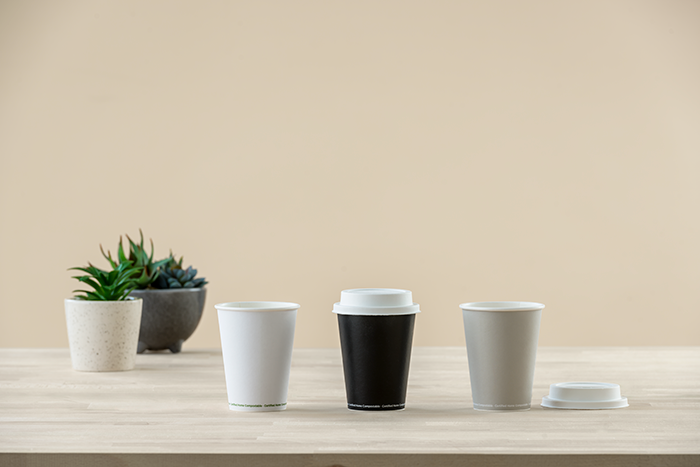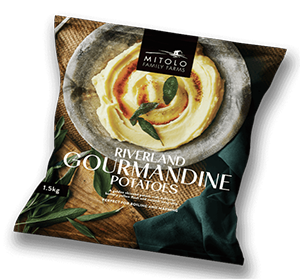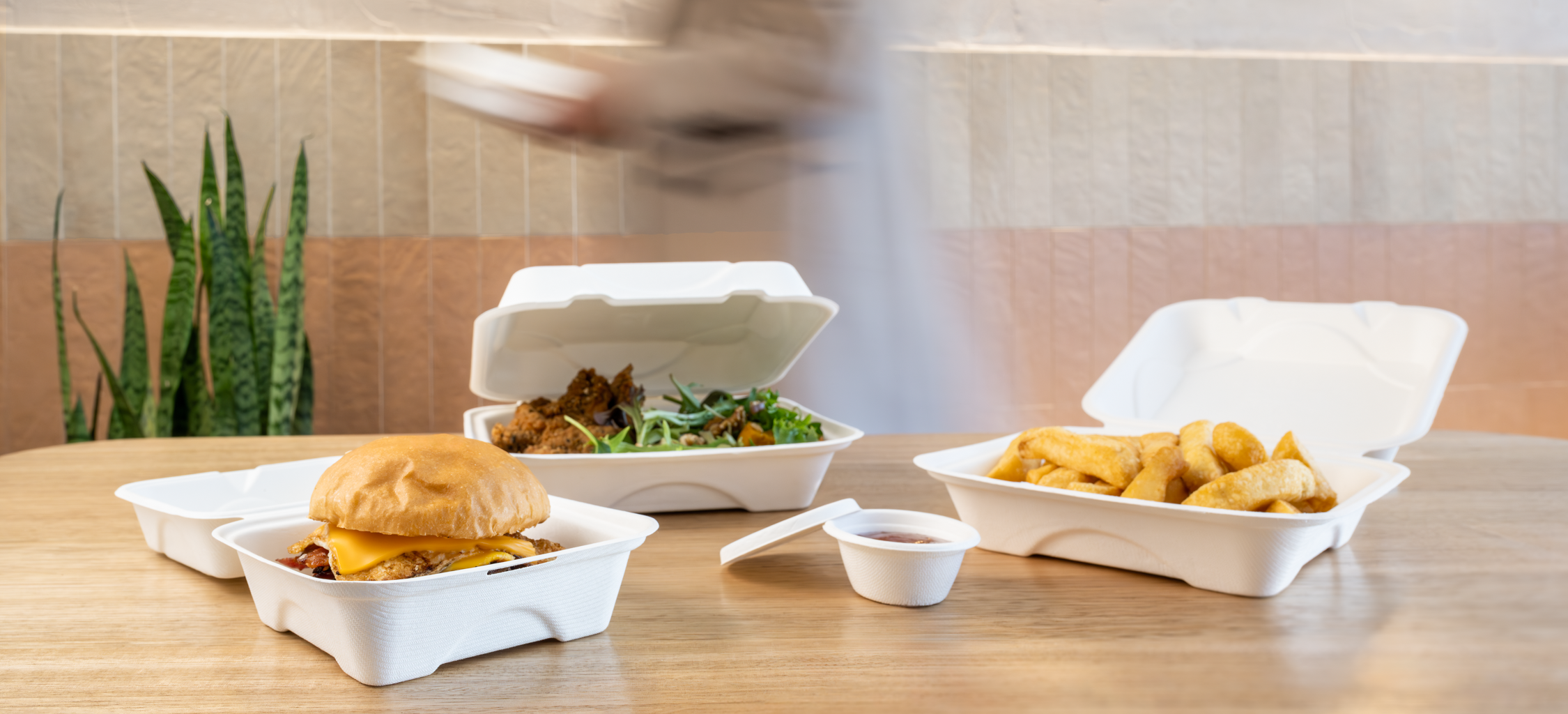What is a lining?
Linings are added to paper or board packaging products to create a functional liquid or grease barriers. Several different materials are commonly used as linings or coatings for food packaging including wax, PLA (polylactic acid bioplastic) and aqueous.
Why do I need a plastic or alternative lining on my packaging?
Linings are added to packaging products to provide grease and moisture-resistant properties. At Detpak, we’ve developed a range of sustainable packaging featuring different lining options, including PLA bioplastic and aqueous linings for coffee cups, and plant-based renewable home-compostable wax coatings for sandwich & burger wraps. With our ongoing commitment to driving sustainable packaging solutions, we continue to be a leader in new and emerging lining technologies, and encourage a holistic approach to required linings and their end-of-life disposal.
As part of our assurance to drive sustainable packaging solutions, we’ve also eliminated linings on a range of products where they aren’t required for fit-for-purpose functionality, and shifted entire categories to more renewable coating options. For example, our range of waxed wraps uses a renewable, plant-based, home-compostable wax instead of traditional fossil fuel-based paraffin wax.
As localised legislation continues to emerge and evolve, Detpak’s Single Use Problematic Plastics Page is best placed to provide guidance on compliant packaging options.
What is the difference between PLA bioplastic, plant-based wax and aqueous lining?
At Detpak, we use a range of different linings, including PLA bioplastic and aqueous linings for our sustainable coffee cups and plant-based home compostable wax for our collection of burger & sandwich wraps. While each of these linings and coatings offers grease and water-resistant properties, they also have their own unique characteristics and benefits.
PLA bioplastic lining is made from corn starch and sugarcane to create a clear, plastic-like film. This can then be used as a waterproof lining in coffee cups and bowls. PLA bioplastic lining where certified is commercially compostable (AS 4736).
Aqueous lining is also used as a waterproof coating for coffee cups. This water-based solution is applied to the inner surface of paper coffee cups to make them waterproof and durable. One of the main benefits of aqueous lining is that it contains fewer plastic polymers than PLA bioplastic and where certified is home compostable (AS 5810).
Finally, our plant-based wax is made from natural and renewable sources like sunflower seeds, corn and canola while still maintaining similar functional properties to the non-renewable paraffin wax wraps. Not to mention, Detpak’s renewable food wraps are certified commercially compostable in line with the Australian standard AS 4736 and European EN 13432 standards for compostability, and they’re also home compostable to the Australian AS 5810 standard.

Why does my cup need a plastic lining?
Takeaway paper cups require a lining barrier to make them waterproof to ensure the contents doesn’t leak out of the packaging. With our focus on sustainable packaging, we use either polylactic acid (PLA) bioplastic lining or aqueous lining for our disposable coffee cups. Not only are these linings made from renewable sources, but we’ve also considered their end-of-life disposal. At Detpak, a number of our PLA bioplastic lined products are certified commercially compostable (AS 4736), whereas our aqueous lined products are certified to be home composted (AS 5810).
Why are there plastic linings in packaging?
Plastic linings are often used in food packaging due to its superior moisture, grease and fat-resistance properties. Plastic is also strong, durable, lightweight, and affordable lining option.
With that said, single-use problematic plastics (SUPP’s) take hundreds of years to break down and often leads to environmental litter and contamination. As a result, countries around the world, including here in Australia and New Zealand, are currently in the process of rolling out single-use problematic plastic (SUPP’s) bans to reduce plastic waste pollution, protect our wildlife and marine life.
At Detpak, we’ve already introduced a range of sustainable packaging options, and we’ll continue with research and development to help our customers transition to alternatives that are compliant with state and territory legislation, and in line with Australia’s National Action Plan.
Are PLA bioplastic still considered plastic?
PLA bioplastics are made from renewable sources, like natural starches or carbohydrates from plants, including corn and sugarcane. Although PLA bioplastic lining is a more sustainable alternative to traditional, petroleum-derived plastics, PLA bioplastic is still technically a plastic.
While PLA bioplastic can’t be composted at home, where PLA bioplastic-lined coffee cups are certified, they can be commercially compostable in accordance with AS 4736.
Are there any plastics that can marine biodegrade?
Regardless of whether your sustainable packaging claims to be compostable, biodegradable or recyclable, it is essential that all waste is properly disposed of using correct bins.




